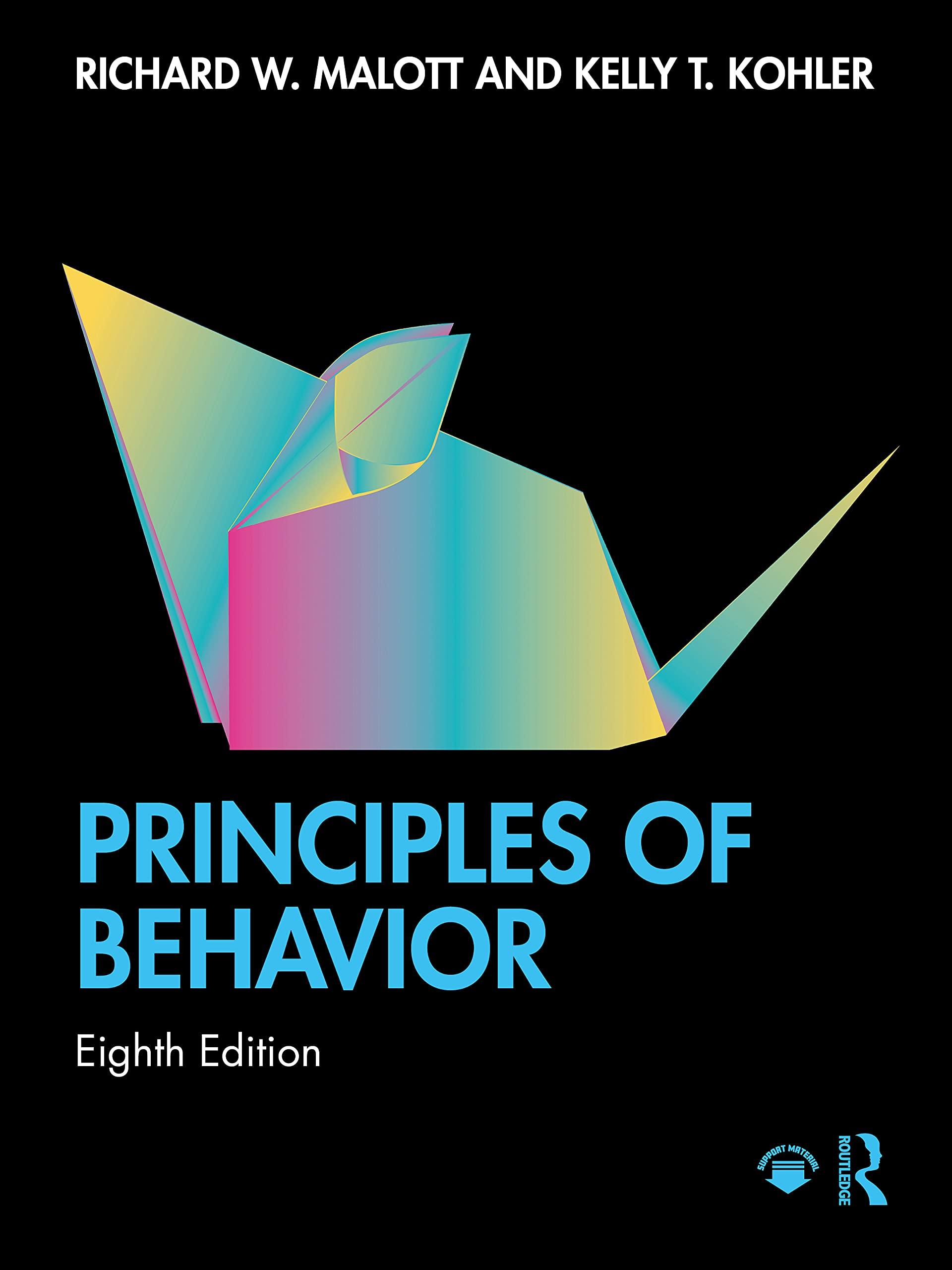1. Use an example to illustrate the difference between symmetry, transitivity, and reflexivity. 2. Describe an intervention...
Question:
1. Use an example to illustrate the difference between symmetry, transitivity, and reflexivity.
2. Describe an intervention using stimulus-equivalence training to help a brain-injured man be able to match faces to written and spoken names and vice versa.
a. What was the equivalence class in this intervention?
b. What were the emergent relations in this intervention?
c. What were the transitive relations?
d. What was an emergent symmetrical relation?
e. Just for the record, what was one of the reflexive relations?
f. What were the two practical results of this stimulusequivalence training?
3. Define and provide examples of:
a. Symmetry (symmetrical stimulus control)
b. Transitivity
c. Reflexivity
d. Stimulus-equivalence training
e. Stimulus equivalence
f. Derived stimulus relation
Step by Step Answer:

Principles Of Behavior
ISBN: 9781138038493
8th Edition
Authors: Richard W. Malott, Joseph T. Shane, Kelly T. Kohler





